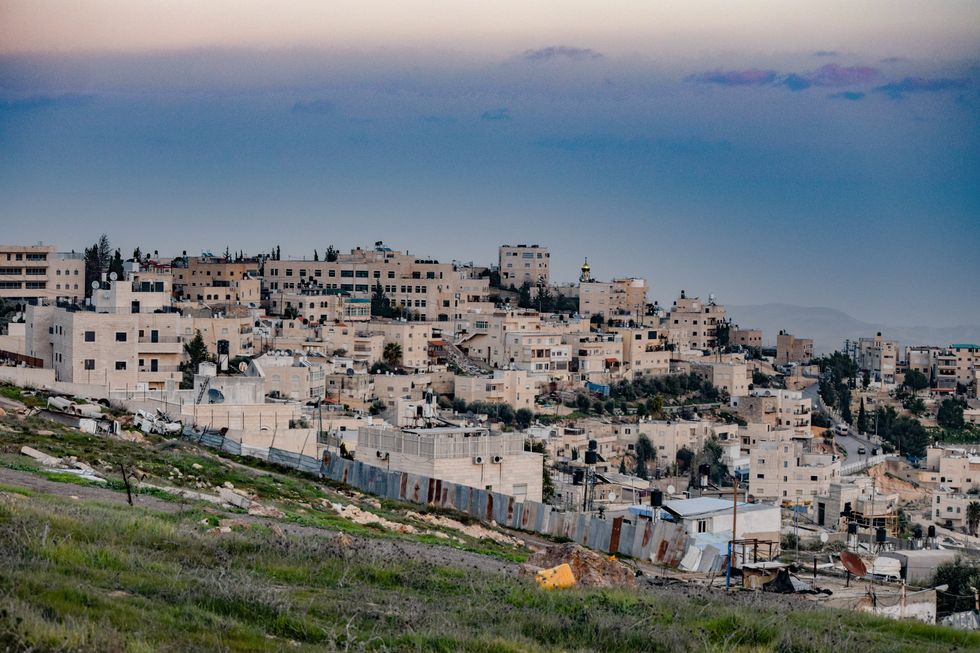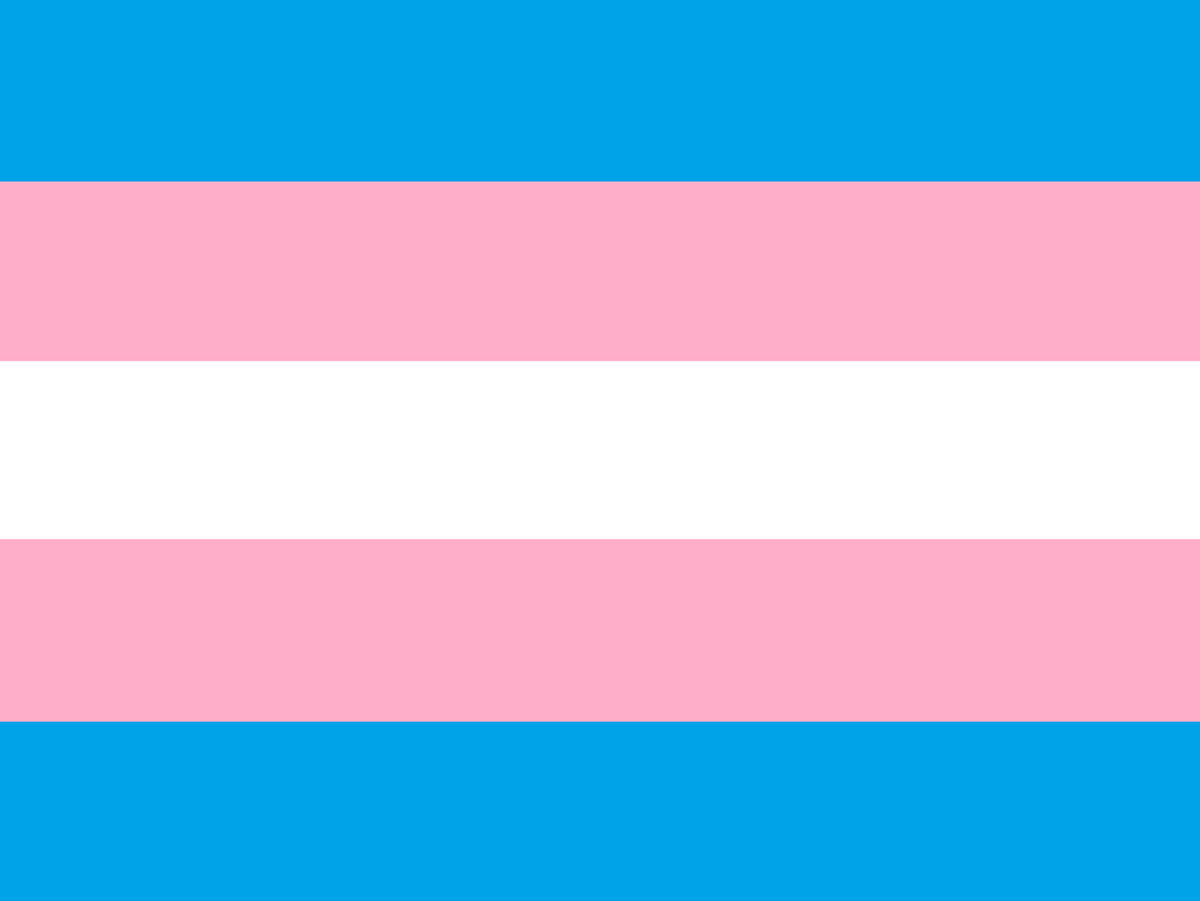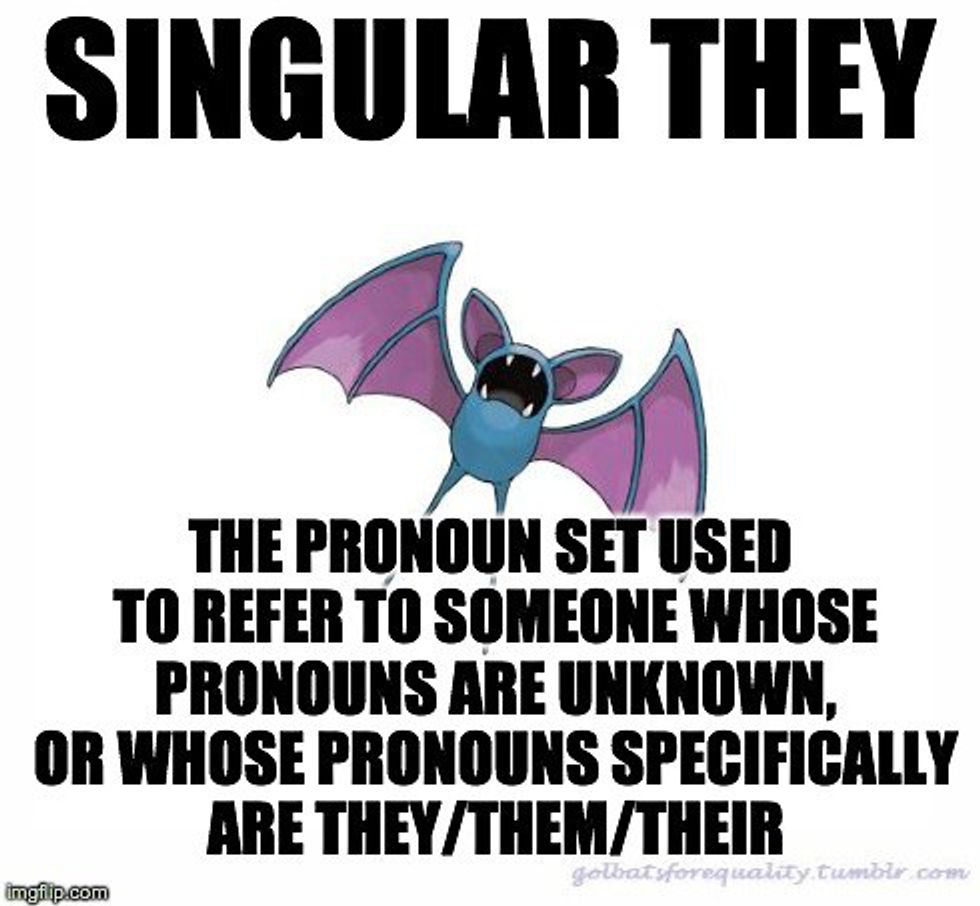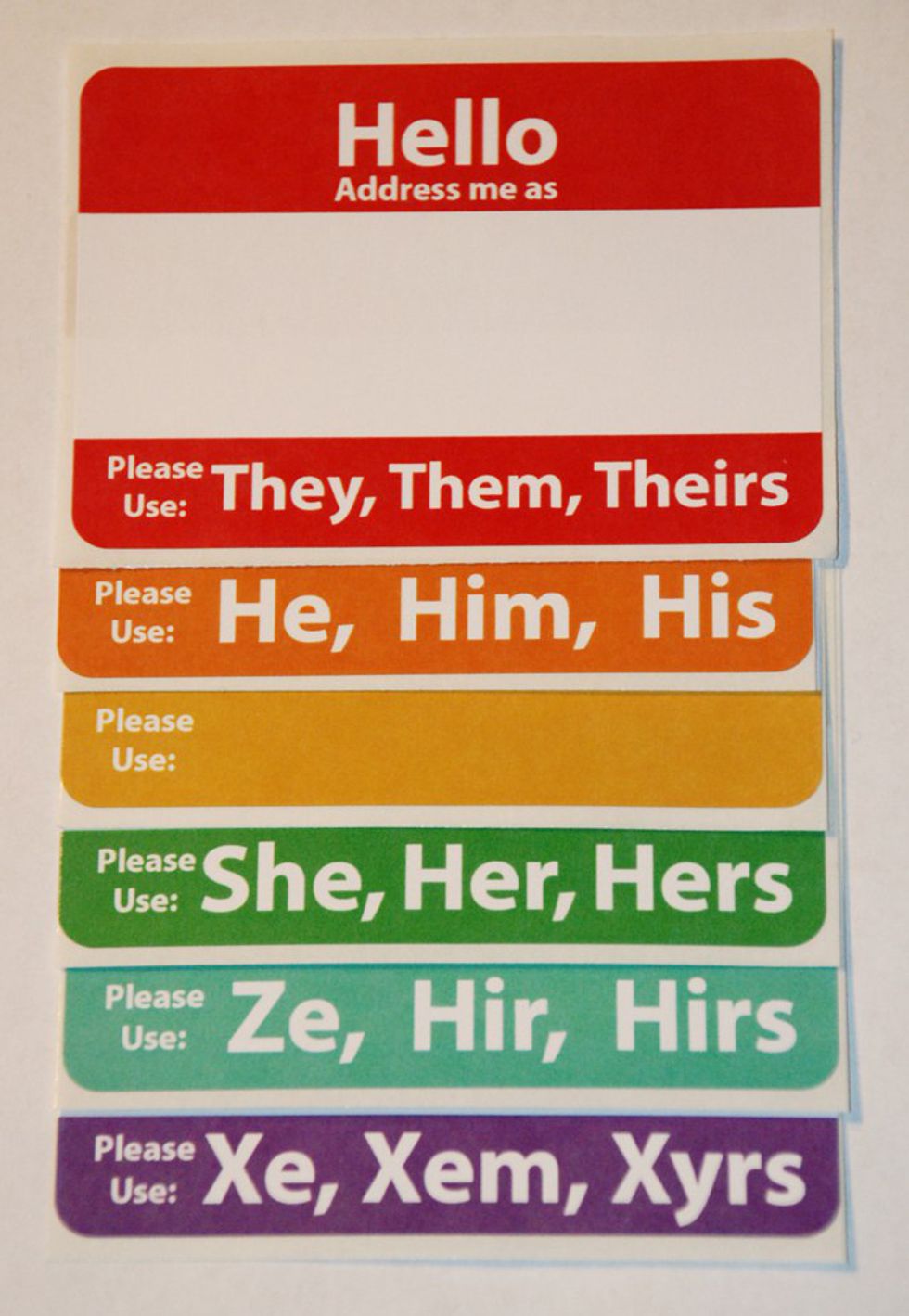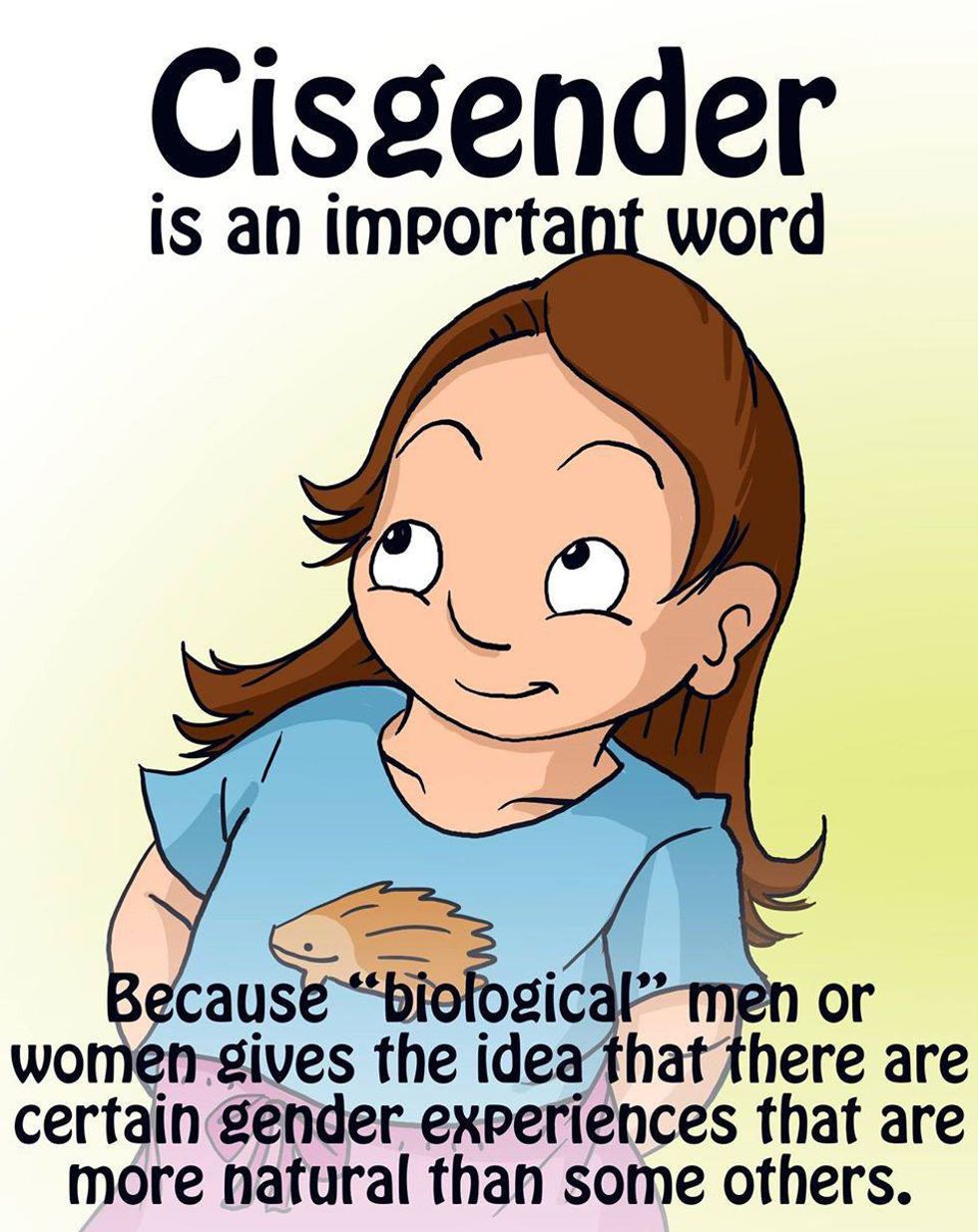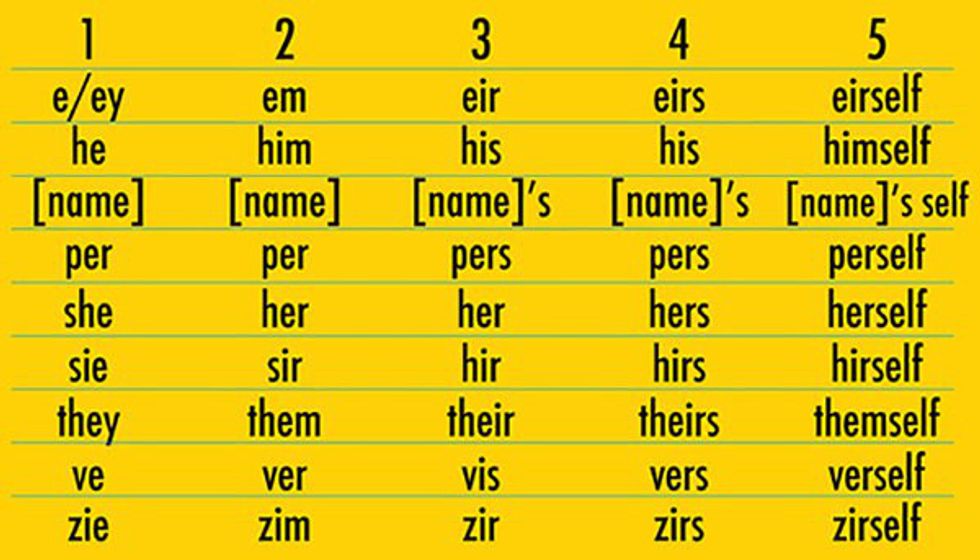Let's jump right in where we left off. Today, the Old City of Jerusalem is divided into four quarters: the Muslim Quarter, the Jewish Quarter, the Christian Quarter, and the Armenian Quarter. There used to be a Moroccan Quarter as well, but it was destroyed to build the Western Wall plaza for Jewish people to pray. Of course, it wasn't always like this. To explain this bit of history, we need to look at even more history.
Prior to 1948, the land that is now Israel and Palestine was the British Mandate of Palestine (or Mandatory Palestine). This land came about after the partition of the Ottoman Empire, and before that, it was ruled by Arab Muslim Empires from when it was conquered in the 7th century CE. Basically, it passed from the Roman Empire to the Arab Muslim Empires (it was part of the Syrian province under the Mamluk Sultanate, a medieval empire that included the Levantine area, Egypt, and Hejaz) to the Ottoman Empire to the British Empire… and then to 1948.
It's incredibly important to note that even though this piece of land seemed like it was jostled about, each people group that lived in the land had great religious, historical, and cultural ties to the land. The land became mostly Christian when the Roman Empire was ruling it, though there were many Jews who lived there as well (who were persecuted by the Roman Empire). The Arab Muslim Empires saw a home for Muslims, and the language spoken at that time was predominately Arabic. The current walls of the Old City were built under the Ottoman Empire, and in the late 1800s, Zionism took hold in Jewish communities all over Europe.
A cool sociolinguistic thing I want to mention is that the Zionist movement used the revival of the Hebrew language as a tool to unite people. Previously, Jewish communities were scattered throughout Europe; they often spoke Yiddish (or a dialect of Yiddish, depending on where they were) and the official language of whatever country they resided in, so German Jews would speak Yiddish and German while Hungarian Jews spoke Yiddish and Hungarian.
The revival of Hebrew happened in both secular and religious Jewish communities. Hebrew had been the sacred language of Judaism, but this movement changed it in the eyes of the Jewish people into a language that would be spoken and written daily. Much of the Zionist movement's power came from this language revival.
During the nascent period of Zionism, many Jews made Aliyah (a "return to the homeland") to where Palestine stood. The Jews who had lived in Palestine before this time spoke mainly Yiddish and the Palestinian dialect of Arabic, but the Hebrew revival inspired many Jewish people living in the "Holy Land" to adopt Hebrew over other languages; needless to say, the Jewish people who made Aliyah to this land learned Hebrew as well.
By the time the British created the state of Mandatory Palestine (1920-1923) and the Israeli Declaration of Independence (1948), Hebrew had become well established as one of the three national languages of the land (along with Arabic and English).
The revival of Hebrew is a unique language movement because it is the only example of a natural language that started out with no native speakers and quickly turned into a language with many million native speakers. In addition, Hebrew used to be solely a liturgical language; no other "sacred" language has ever changed into a national language, and no other "sacred" language has ever had this many "first language" speakers.
European Jews, before they made Aliyah, had used the transformation of Hebrew from a liturgical language to a literary language (a literary language is the form of the language used for writing, kind of like a standardized form--like Modern Standard Arabic, for example) for many nationalist education programs--as well as many political movements.
Speaking of Modern Standard Arabic and "literary languages," I noticed something while talking to Palestinians and Arab-Israelis. As we know, Arabic has many, many dialects that are not even mutually intelligible at times; this means that across the Arabic-speaking world, there are such differences in certain parts of the language that different dialects sound so different, such that an Egyptian Arabic speaker might not even understand a Syrian Arabic speaker.
In my Arabic class this past semester, we regarded these as colloquial forms, and we learned how to speak, read, and write Modern Standard Arabic for classroom purposes. We knew, of course, that if we were to actually visit the Middle East, there may be dialectal differences that we would not understand.
Why did we learn MSA then? Because most written forms of Arabic uses the MSA variety, so if we are learning to read and write Arabic, it is easier to also speak MSA. Modern Standard Arabic is the language used in the Qur'an, the news, and standard television. It is the "literary language" form of Arabic--the "dialect" that is "standardized."
Another example of a standardized language, of course, is Standard American English (compared to Southern English or African American Vernacular English). Even in China, there is a standard dialect of Chinese that is used in news broadcasting, even though there are a million dialects across all of China's regions.
The difference between literary and spoken forms of a language vary depending on the language. In cases where there is "strong divergence," the language is said to show diglossia, which is where there is a conversational vernacular dialect used by normal people in the normal everyday life AND a dialect that is codified and seen as used by a "higher society."
Most diglossic languages don't have any native speakers of the "higher" dialect because it is the "lower" dialect that is used in everyday conversation. So, for example, a well-educated speaker of Arabic might use MSA in scientific or formal writing, but the speaker would still speak the regional, conversational dialect that was his or her first language. The classification of "higher" and "lower" doesn't mean that one dialect is better than the other; it is merely a way to distinguish and classify.
Depending on the school, many Arabic speakers might have learned Modern Standard Arabic in school (an advantage to this is that they can write in a more formal form). However, many Arabic speakers I talked to said that they did not like learning MSA and preferred learning their own dialect.
They were surprised that I spoke MSA as well, because they said it was harder to learn--which is very understandable, because many people I've spoken to who grow up in the South of the United States said that learning Standard American English is kind of strange too (in fact, I met an anchor for a news show once who had to get rid of her Southern accent and Southern grammar when she went on air).
Every Arab nation uses MSA as their "official language," and I won't pretend that all dialects of Arabic are equal; many have gained more prestige depending on the region, the number of speakers, and the power of that country in the global sphere. Though it is debated which dialect of Arabic should be taught to foreigners, most agree to use MSA.
Arabic purists do exist, just like many English speakers who are "English purists" think that only Standard American English should be spoken throughout the states, regardless of whether or not the speaker came from a Southern American English or African American Vernacular English speaking community.
The Arabic purists believe that only MSA should be taught and promoted and that people should make an effort to speak MSA in colloquial conversation. While this doesn't sound like much, just imagine only speaking in very formal manners, even to your friends on a Friday night. Yeah. It feels weird. Other purists want to bring dialects closer to MSA linguistically by speeding up the changing of language in a way that converges back to MSA.
Anyway, back to using the Hebrew language in power moves. In July 2018, a new law was passed in the state of Israel that Hebrew would become the sole national language, and that Arabic would be demoted from one of the three national language to a language with "special status."
This was not taken well by many in the Arab communities, whether that be Arab-Israelis, Palestinians, Druze communities (we will get to who the Druze are in later sections), or any other person who uses the Arabic language. This is an example of how Israel used linguistic features as a way to promote their agenda and/or stifle another demographic.
Wow, that was a long sociolinguistic tangent from the history tangent about the Old City of Jerusalem. In the next section, we will talk about how Zionism made the population and the Old City the way it is today, and continue on our journey!
- 10 Important Things You Might Have Missed While Watching ... ›
- "You Are Fearfully And Wonderfully Made!" -God ›
- Community Revival Of The Narragansett Language ›
- Sociolinguistics: Part 10 ›
- Concerning the'Revival'of the Hebrew Language ›
- The Cost of Revival: the Role of Hebrew in Jewish Language ... ›
- The Revival of the Hebrew Language | Jews | Lamb and Lion ... ›
- The Revival of the Hebrew Language - One of Israel's Greatest ... ›
- 6 Things to Know About the Hebrew Language's Incredible Revival ›
- Hebrew Language Day: The revival of the language of the Bible ›
- Eliezer Ben-Yehuda & the Revival of Hebrew ›
- The Revival of Hebrew | My Jewish Learning ›
- This week in history: Revival of the Hebrew language - Jewish World ... ›

